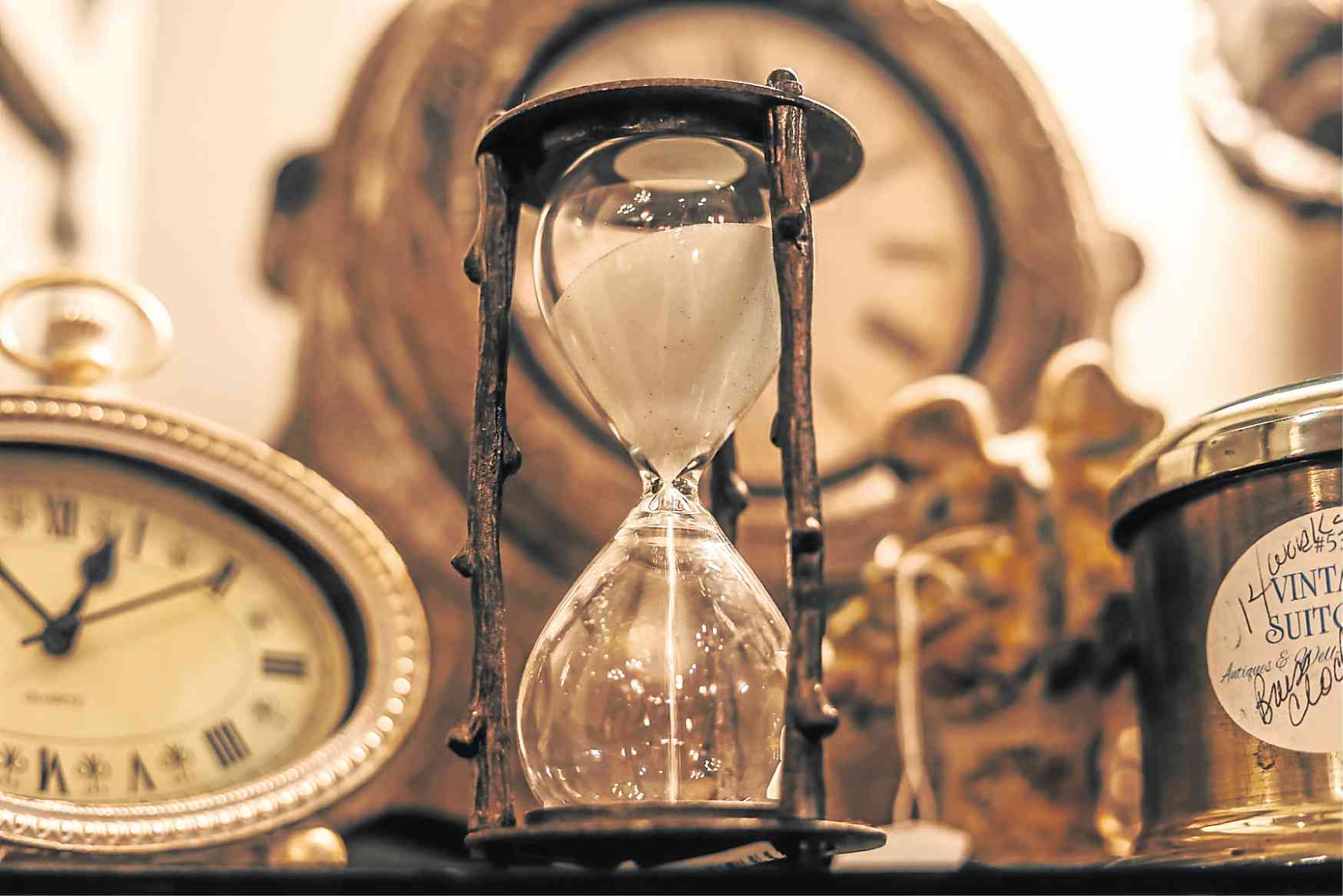Did you know that today, National Old Stuff Day is being celebrated in some parts of the world?
The fun holiday encourages us to appreciate old things and try something new. As a way of hitting two birds with one stone, let us turn our focus today on antique and vintage furniture. From your grandmother’s china to your great-uncle’s piano, many of these things have been passed on from one generation to another.
These items are rich in history and are great conversation starters when guests are around. Aside from sentiment, vintage furniture can also offer advantages over new ones sold in masses nowadays.
But how can you really tell which items are worth keeping and which ones aren’t?
Antique versus vintage
If you’re new to the idea of collecting antique and vintage items, it would be wise to know the difference between the two.
According to Korin Iverson, a personal property appraiser behind the website Antique-HQ.com, it all depends on the age of the item. By strict definition, antique items are those that are at least a hundred years old or more. They are also prized for their historical significance or unique aesthetics.
Vintage, meanwhile, referred to items that have witnessed a resurgence in popularity, with the term generally applying to stuff created from the period 1960 to 1979. The term “vintage,” however, is more loosely used nowadays. Originally used to describe aged wine, “vintage” nowadays can refer to things that are less than 100 years of age but were not made in the recent decade.
They are different from collectibles, or items that are in great demand due to enthusiasm from particular groups.
Whatever category your furniture might belong, age doesn’t really matter. The value of an object is basically dictated by its historical significance and the interest it stirs from the market.
Things get better with age
Whether vintage or antique, old items offer numerous benefits to the new collector.
First, these objects do not depreciate in value. That means that even after a couple of years, you can resell that antique chair you bought for the same price, or even higher. Usually handcrafted rather than machine-produced, vintage and antique items generally offer durability. As long as they are taken care of, most items only require a bit of repair every now and then.
Lastly, in terms of sustainability, these objects of the past are beneficial to the environment. This is because when you patronize vintage stuff and antiques, you are basically reusing pre-loved items. This barely leaves a carbon footprint and helps lower consumption of the world’s finite resources.
Buying old stuff wisely
Despite their numerous benefits, antique and vintage items sometimes scare people away due to their hefty price tags. While some pieces merit these museum-worthy appraisals, not all old furniture are expensive. If you know how and where to look, you can score some great finds that fit your budget.
Before you go about buying old furniture, it would be wise to do some research. A bit of knowledge on past art movements and styles would be useful, as these would allow you to recognize the era when an item was made. In particular, try to learn about Classical Period, Art Deco Movement and mid-century Modernism as recommended by Kelly Juhasz, a professional arts appraiser. Most antique items fall under these styles.
When you do find something interesting, check out the item’s detailing. Small elements showcase good craftwork and tell you the item’s value.
Don’t be put off by scratches or minor imperfections that can be remedied with some minor refurbishment. Be wary, however, of new finishes, hardware or furniture legs. These can denote that parts of the items have been replaced or repaired recently, and would thus call for a lower price tag. Use these imperfections to further bargain the cost, and don’t be afraid to ask the story behind the piece.
Where to buy
To get the best deals and firsthand stories, it’s best to buy directly from owners.
Yard sales and online sale groups are worth checking out. It takes a bit of patience, but once you find something you really like, talk directly with the owner. There is also a chance that he or she will appreciate your eagerness for their once-treasured possessions.
Vintage and antique shops also offer some great items, usually with certificates of authenticity. In particular, several of these shops can be found in the Ermita district of Manila, Evangelista Street in Makati, and Kamuning Road in Quezon City. Historical tourist spots such as Intramuros and Vigan also offer some significant bargains.
Truth be told, you’ll be surprised to discover some jaw-dropping finds in the most unassuming places. Keep your eyes open for hole-in-the-wall shops and flea markets.
Overall, well-made furniture often age like fine wine. If you want proper assessment of old items, it’s best to consult an interior designer or an art expert. At the end of the day though, if you love a particular vintage or antique piece, go for it.
Not only will the environment thank you, but your home will be filled as well with unique stories and an old age-charm.
Sources: antique-hq.com; nonagon.style; Jordan Benton from Pexels; fotografierende from Pexels
